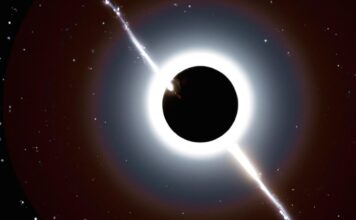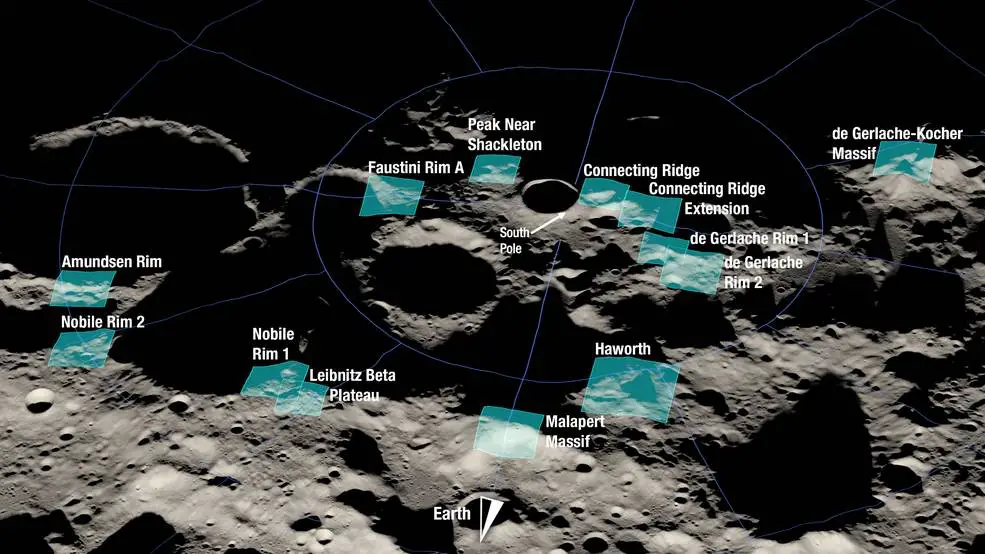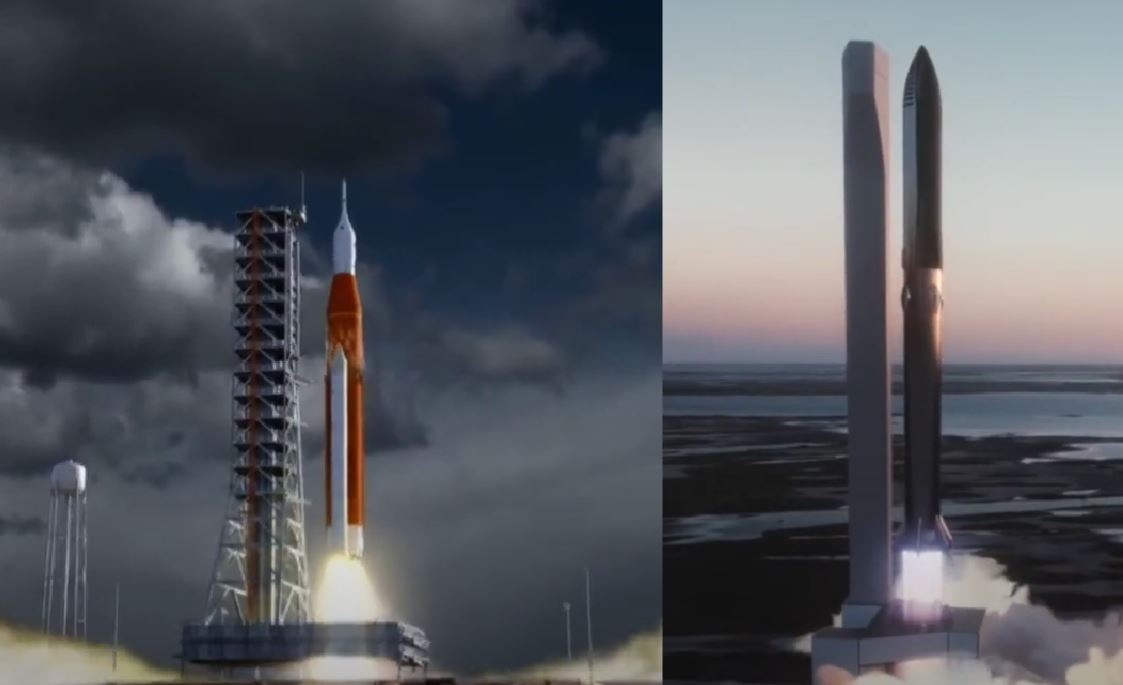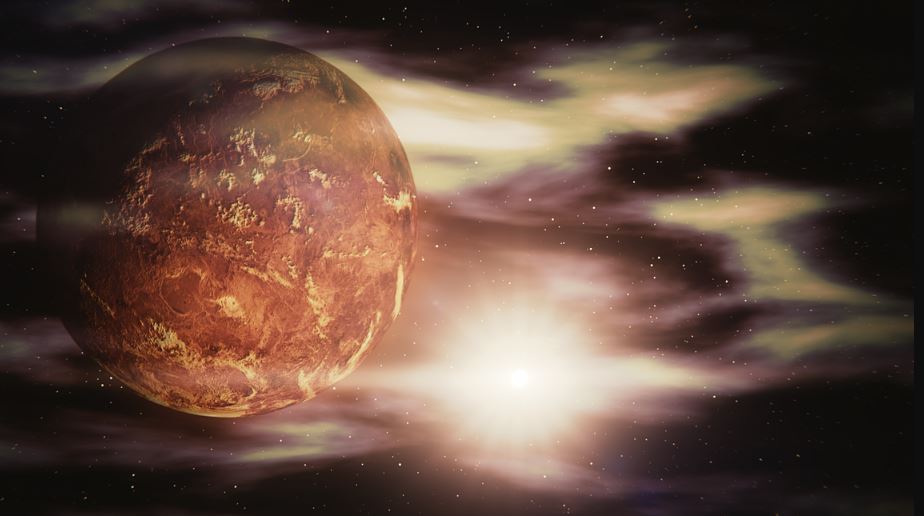About a year ago, Firefly, a new American space company, launched its first Alpha rocket, but it exploded and disintegrated in the air 2 and a half minutes after takeoff, and ended in failure.
On Oct. 1, the company attempted another rocket launch from Vandenberg Space Air Force Base in California, this time with great success, announcing another U.S. company that can provide rocket launch services.
Although Firefly is a startup company established in 2017, it has won the lunar lander contract of NASA’s Commercial Lunar Launch Service (CLPS).
In addition to developing lunar landers, it is also investing in the research and development of small and medium-sized launch vehicles.
The current main force is the Alpha disposable launch vehicle that can put 1,000 kilograms of payload into low-Earth orbit and 600 kilograms of payload into sun-synchronous orbit.
On September 3, 2021, Alpha rocket launched its maiden mission FLTA001 from Vandenberg Space Base in California, carrying a number of payloads including: Teachers in Space CubeSats, Purdue University FireSail satellites, and small satellites from the Hawaii Museum of Science and Technology and 6 FOSSA microsatellites, Benchmark Space Systems experimental aircraft, Space Electric propulsion system experimental aircraft, etc.
Unfortunately, the rocket lost control 2 minutes and 20 seconds after takeoff, and then exploded and disintegrated in the air.
However, Firefly Space was not discouraged, and dared to publish its own rocket explosion video. After a review, at 3:01 am Eastern Time on October 1, 2022, the Alpha rocket took off again from the Vandenberg Space Base in California to perform To The Black mission,
About 8 minutes later, the upper stage of the rocket entered orbit to deploy the payload, and about 1 hour and 45 minutes after liftoff, “mission 100% success” was declared.
The payloads carried by this mission include: Serenity 3U CubeSats from The Teachers in Space program, NASA’s TechEdSat-15 3U CubeSats, 6 PocketQube satellites from various agencies, etc.
It will be deployed to an orbit 300 kilometers above the ground at an inclination of 137 degrees.
Following a successful mission, Firefly Space is expected to launch another Alpha rocket this year, and possibly as many as six in 2023.




